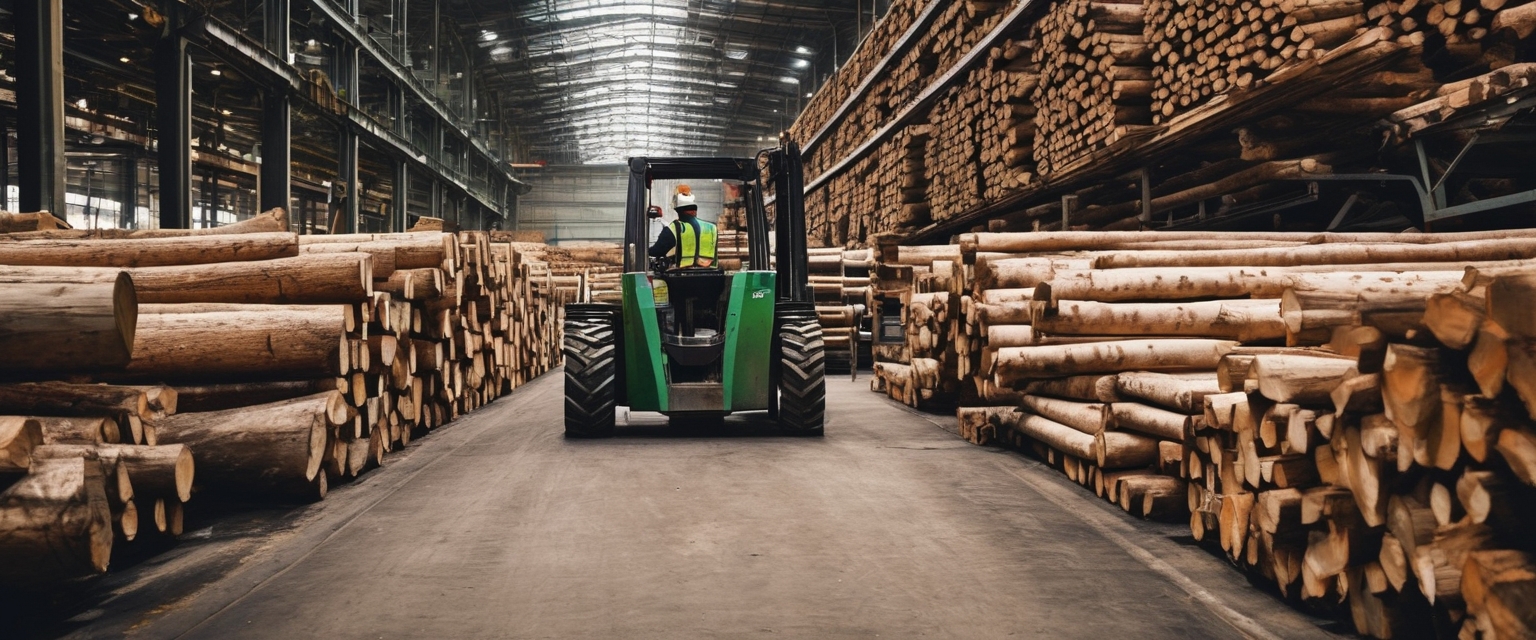The importance of sustainable forestry practices
Sustainable forestry practices are essential for maintaining the health and productivity of forest ecosystems while meeting the needs of present and future generations. These practices involve managing forest resources in a way that balances ecological, economic, and social benefits. By adopting sustainable forestry, we can ensure that forests continue to provide essential services such as clean air, water, and biodiversity, while also supporting livelihoods and economic growth.
2. The Environmental Benefits of Sustainable Forestry
Sustainable forestry practices play a crucial role in conserving biodiversity by maintaining habitat diversity and protecting endangered species. By implementing selective logging, maintaining buffer zones, and preserving old-growth forests, sustainable forestry helps to protect the rich variety of life found in forest ecosystems.
Forests act as significant carbon sinks, absorbing carbon dioxide from the atmosphere and storing it in biomass and soil. Sustainable forestry practices enhance this natural process by promoting healthy forest growth and reducing deforestation, thereby mitigating climate change impacts.
Healthy forests play a vital role in protecting soil and water resources. Sustainable forestry practices help prevent soil erosion, maintain water quality, and regulate water cycles by preserving forest cover and implementing erosion control measures.
3. Economic Advantages of Sustainable Forestry
By managing forests sustainably, we ensure the long-term availability of timber and non-timber forest products. This approach supports industries reliant on forest resources and contributes to economic stability and growth.
Sustainable forestry practices create jobs in forest management, conservation, and related industries. By supporting local economies and providing stable employment opportunities, sustainable forestry contributes to economic resilience and community well-being.
4. Social Impacts of Sustainable Forestry
Engaging local communities in sustainable forestry practices fosters a sense of ownership and responsibility for forest resources. Educational programs and community involvement initiatives help raise awareness about the importance of sustainable forestry and encourage responsible resource management.
Sustainable forestry practices respect and support the rights of indigenous peoples, who often have deep cultural and spiritual connections to forest lands. By recognizing and incorporating traditional knowledge and practices, sustainable forestry helps preserve cultural heritage and promote social equity.
5. Innovative Techniques in Sustainable Forestry
Precision forestry involves using advanced technologies such as GPS, remote sensing, and data analytics to optimize forest management. These tools enable more accurate assessments of forest conditions and improve decision-making processes, leading to more efficient and sustainable resource use.
Agroforestry integrates trees and shrubs into agricultural landscapes, providing multiple benefits such as increased biodiversity, improved soil health, and enhanced crop yields. This practice supports sustainable land management and contributes to food security and rural development.
Technological advancements and data analytics play a crucial role in sustainable forestry by enabling better monitoring, planning, and management of forest resources. Innovations such as drones, satellite imagery, and machine learning help improve forest health assessments and optimize resource use.
6. Challenges and Opportunities in Implementing Sustainable Forestry Practices
Effective policy and regulation are essential for promoting sustainable forestry practices. Governments and organizations must work together to develop and enforce policies that support sustainable forest management and address challenges such as illegal logging and land conversion.
Increasing market demand for sustainably sourced products and raising consumer awareness about the benefits of sustainable forestry are crucial for driving change. By supporting certified sustainable products, consumers can help promote responsible forest management practices.
Investing in research and development is vital for advancing sustainable forestry practices. Continued innovation and knowledge sharing can lead to new techniques and technologies that enhance forest management and conservation efforts.






Comments (0)